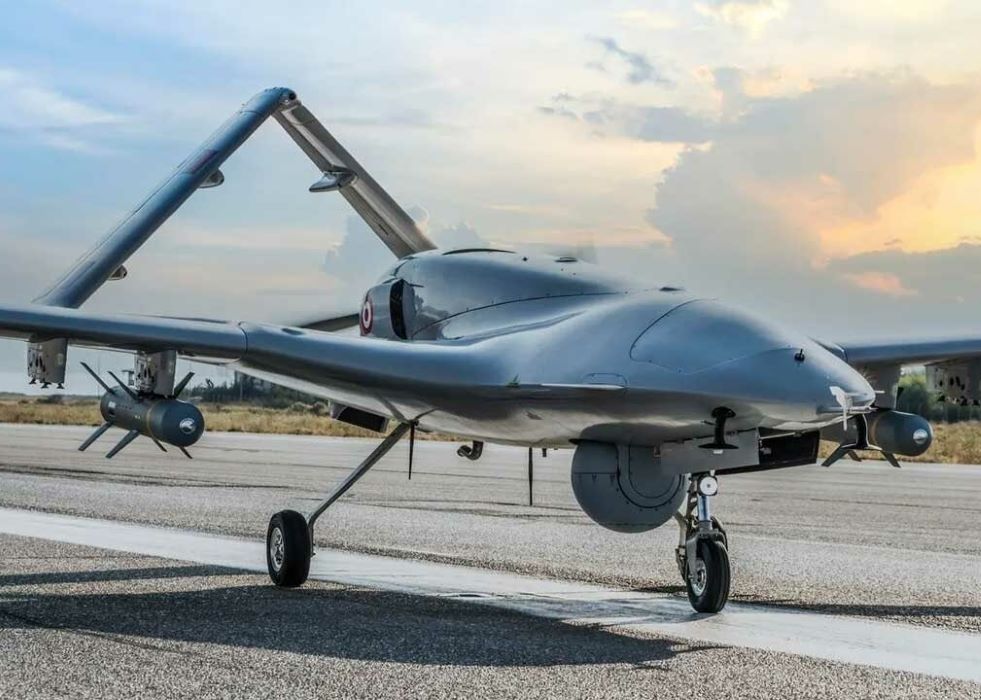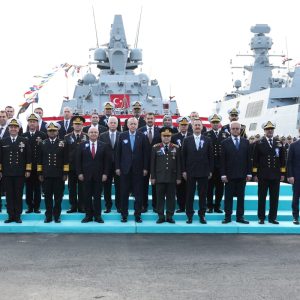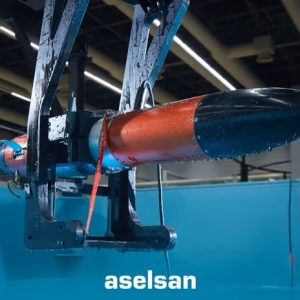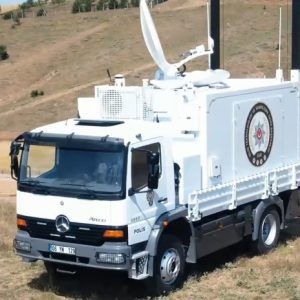In short, Japan evaluates TB2 and Heron drones in a rare, direct head‑to‑head. The decision will shape how Tokyo blends strike, surveillance, and maritime deterrence across the Indo‑Pacific.
Key Facts
Test campaign: Japan recently completed evaluation of Israel’s Heron Mk2 and is now assessing Türkiye’s Bayraktar TB2, according to official briefings.
Mission split: TB2 is a combat‑proven UCAV optimised for precision strike; Heron Mk2 is a MALE ISR workhorse, with variants configured for electronic warfare and maritime surveillance.
Naval angle: A shipborne TB3 derivative could align with Japan’s Izumo‑class decks, offering distributed airpower from small ships.
Regional trend: Across Asia, Japan’s neighbours are fielding Israeli and Turkish UAVs—from Thailand and Singapore to the Philippines, Malaysia and Indonesia—shaping a new unmanned baseline.
Why Tokyo’s UAV calculus favors TB2 vs Heron Mk2
Operationally, Japan faces three linked tasks. It needs constant awareness over wide seas, measured strike options short of a manned air campaign, and logistics that survive electronic attack. Comparing the Bayraktar TB2 with the Heron Mk2 tests two clear philosophies. The TB2 delivers low‑cost precision effects from small detachments. It suits dispersed basing, quick salvos, and partner training. By contrast, the Heron Mk2 trades firepower for time on station and sensor mass. It favors wide‑area maritime ISR and signals collection.
Equally important, integration matters as much as the airframes. Ground control stations, datalinks, and mission‑system fit must plug into JSDF networks. Only then can fused tracks flow to Aegis destroyers, P‑1 patrol aircraft, and brigade command posts. In addition, electronic protection, emissions control, and sovereign data pathways will weigh heavily in any down‑select.

Mission design trade‑offs
Strike vs endurance: TB2s favor lightweight, precision munitions against mobile targets. They support counter‑invasion delay and interdiction. Heron Mk2 emphasizes time on station and multi‑sensor payloads that cue ships and aircraft. The choice need not be binary. Japan could split the buy, pairing TB2 strike cells with Heron ISR, or even mix crews across training pipelines.
Maritime and deck operations: At sea, Türkiye’s TB3 adds folding wings and strengthened datalinks for short decks. If Japan wants organic UAVs on Izumo‑class carriers or smaller amphibs, TB3 presents a near‑term path. It would extend sea‑based ISR and strike while future manned options mature.
For Japan’s self‑defense posture, the decisive metric isn’t top speed or altitude; it’s persistence with effects—how long you can see, decide and act from austere sites, under jamming, with minimal logistics.
Asia’s drone map: signals for Tokyo
Southeast Asia. Across the region, trends are clear. Thailand’s navy is inducting Hermes 900 for blue‑water and littoral patrols. Singapore fields Heron 1 and Hermes 450 at full operational capability. The Philippines operates Hermes 900/450 and has already folded a 2022 mishap into its safety case. Meanwhile, Malaysia has contracted three Anka‑S for maritime surveillance, with deliveries starting around 2025 and ramping thereafter.
Indonesia. Indonesia is the bellwether. A joint production deal with Baykar covers local assembly plus 60 TB3 and nine Akıncı HALE UCAVs. The exact phasing may evolve. Even so, the scale and the technology‑transfer piece show how buyers now expect offsets and sovereign sustainment, not just airframes.
Risk, safety and sustainment
Risk and sustainment remain critical. South Korea’s Heron fleet has seen accidents, including a 2025 landing collision. The Philippines lost a Hermes 900 in 2022. These cases point to the need for rigorous training, runway discipline, and strong spares pipelines. For TB2/TB3, the issue is less basic performance than integration. Japan must plan for maintenance, munitions, and secure datalinks across its depots and bases.
Procurement scenarios Japan could pursue
1) Twin‑track buy: Acquire a modest TB2 strike cell and a smaller Heron Mk2 ISR detachment. Tie the latter to maritime surveillance and electronic support. This twin‑track approach diversifies risk and broadens coverage.
2) Navalised surge: Prioritize a pathfinder TB3 detachment for shipboard trials on Izumo‑class and amphib units. Use TB2 as the land‑based training and expendable strike fleet. This route extends deck aviation organically, without waiting for new manned aircraft.
3) ISR‑first approach: Lead with Heron Mk2 to build wide‑area maritime awareness, Aegis/P‑1 data fusion, and electronic surveillance. Add armed effectors later—TB2, TB3, or others. This builds the sensor layer that enables joint fires.
Bottom line
In summary, Japan is making this choice as unmanned capability becomes the regional baseline. TB2 brings inexpensive, scalable strike with a proven record. Heron Mk2 adds endurance and sensor mass for maritime ISR and electronic effects. A split or phased path—seed doctrine with TB2 and Heron, then add shipborne TB3 for Izumo decks—fits Tokyo’s measured style. It would also tighten alliance interoperability across the Indo‑Pacific.
Internal link: For complementary analysis on maritime unmanned aviation, see our coverage of China’s shipborne unmanned helicopters.
External link: For a historical, data‑driven view of global UAV proliferation, explore SIPRI’s defence databases.
Further Reading
- Japan’s evolving drone doctrine and maritime ISR lessons from allied fleets.
- Industrial offsets and technology transfer as decisive variables in UAV tenders.
- Electronic protection and sovereign data pathways for coalition operations.
References
[1] Janes — Japan testing TB2 after Heron Mk2
[2] Defense Mirror — Japan tests Heron 2
[3] Jerusalem Post — Israel & Türkiye vie for Japanese drone order
[4] Reuters — ROK Heron mishap (Mar 17, 2025)
[5] Elbit Systems — Hermes 900 for Royal Thai Navy
[6] Philippine News Agency — Hermes 900 crash‑landing (2022)
[7] Janes — Malaysia orders three Anka‑S (LIMA 2023); Janes — Deliveries in 2025; Bernama — Receipt timeline update
[8] Breaking Defense — Indonesia TB3/Akıncı framework; Forbes — Regional context
Editor’s note: Where specific delivery months vary by source, we reference official statements and leading trade publications; schedules may shift due to acceptance testing and basing readiness.










